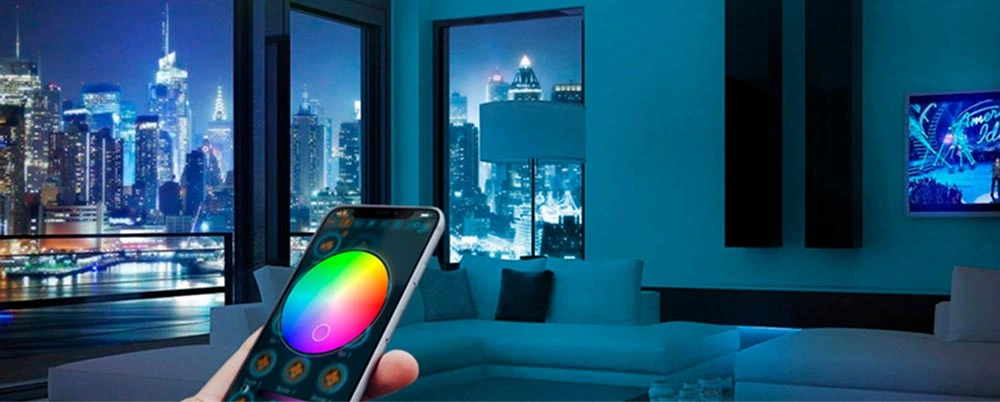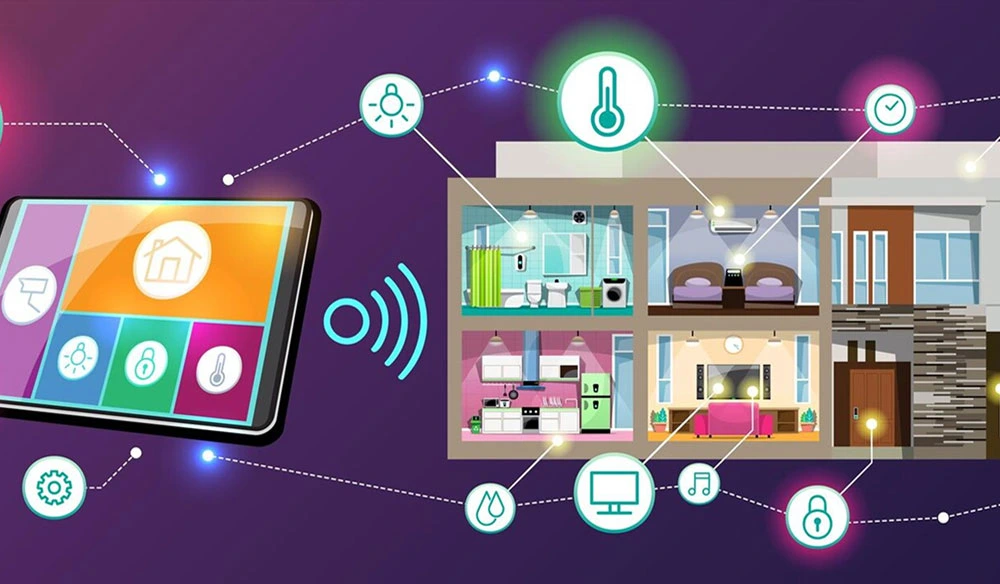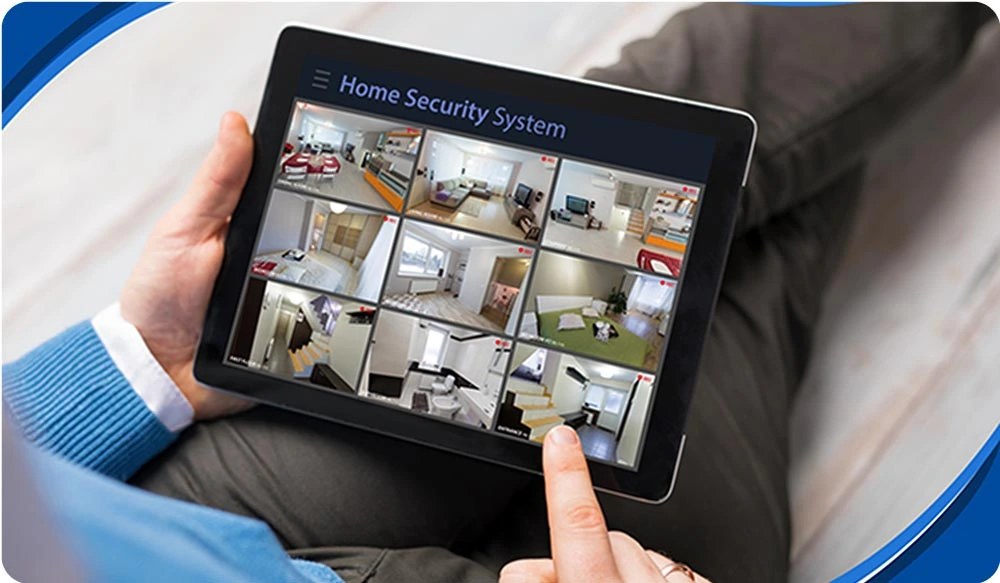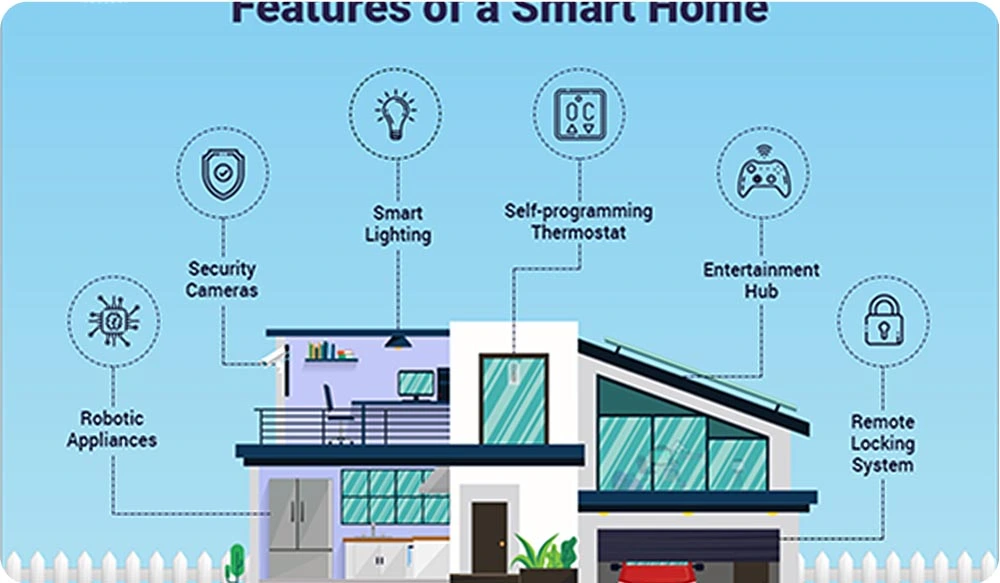How to Integrate Smart Lighting Into Your Home Automation System
Modern technology has, of course, ensured that smart homes can be built, not only as a practical venture but also as an aspirational one. Being a fundamental part of such abodes, smart lighting is quite comfortable, reduces energy consumption, and therefore implies an all-around better lifestyle in general. If this is your first foray into home automation, good to start with smart lighting in your system. And if you're looking for an enhancement, adding smart lighting would be a good next step. Now, let's get started on how you could do that.
At its core, smart lighting is a lighting system you can control remotely using your smartphone, tablet, or even voice commands. Forget manually changing the lights on and off; the programmable scheduling, dimming, or changing of lighting across the house can be done from anywhere in the room and has given such unparalleled convenience that it really can’t be priced. Such lights can also pair with other smart devices around the house, such as sensors or your home security system.
Smart home lighting systems include the beautiful automation of lighting. You can actually set lights to switch and adjust automatically according to your routine or preferences. Imagine having lights in your living room softly glowing as the sun sets or your bedroom lights dimming at night as you prepare for sleep. That is smart lighting at its best.
There are many smart lighting options, all of which come with their unique set of features. To save you some trouble, here’s a quick rundown of the most popular choices:
These are probably the most common and easiest entrance points to smart lighting automation. They replace your existing bulb, and many of them are compatible with popular smart home platforms, such as Google Home, Amazon Alexa, and Apple HomeKit. You can control the brightness, color, and schedule the time they turn on or off.
However, if you still like to hang on to your traditional bulbs but would like an intelligent upgrade, then smart switches or dimmers would be the preferred smart home lighting system. Smart switches and dimmers replace your standard light switches and let you manage the brightness of your lights and when they should come on/off without having to change bulbs.
These are perfect for making your existing lamps or other lighting fixtures smart. You just have to plug it into a smart plug, and you’re good to go through apps, voice assistants, or a combination of both.
These are usually installed in new constructions or renovations. They usually incorporate all the functionality into your home through its wiring. Though in many ways more flexible, this requires a bit more planning at the outset.
Smart lighting is more than just a fancy high-tech idea – it offers real value in several key areas:
You can cut your energy consumption by well over half if you can automate when lights turn on and off or regulate brightness levels depending on the time of day. Some automated lighting systems even use motion sensors for only turning lights on when they are needed.
One can even regulate all lights in a house from a remote device such as a phone or voice commands. Forget about walking around the rooms making sure that the lights are off for the night.
With smart lighting, you can make your home security system turn on the lights at fixed times or seemingly random intervals, giving your home the look of occupancy – even when you’re away – so that potential burglars don’t have a chance to target it.
You also can adjust the brightness and color based on your mood or the type of activity with automated lighting control. From a dinner party to a cozy movie night, or working in the home, it will be the fitting lighting for the situation.
Now that you are aware of the basics and benefits of smart home lighting, it is time to talk about integration. Let’s discuss how to easily integrate smart lighting into your home automation system step by step.
Choose from Amazon Alexa, Google Home, or Apple HomeKit among several other popular smart home platforms. With a platform, you can control your smart lighting as well as a growing number of connected devices such as thermostats, cameras, and smart locks.
Choose whether to begin with smart bulbs, smart switches, or an entire system. If you want to dip your toes into this, then the smart bulbs or the plugs are an easy and affordable option. For more integration into the house’s infrastructure with lighting, smart switches and dimmers give better control.
Most smart home lighting devices have apps that are easy to configure. Ensure your Wi-Fi connection is strong because most smart lighting requires a steady connection for the device to work correctly.
Once you have set up your system, you can enjoy it to the fullest capacity by setting up all sorts of automation. So once you leave for school/work, the lights automatically turn off, or you could programme them to wake you up, gradually getting brighter and so on.
Smart lighting is exciting in ways they can correlate with other devices. You may pair your lights with motion sensors, thermostats, or security cameras for full automation.
Obviously, not all smart lighting systems are the same and very important to ensure you pick one that suits your needs best. Here are some factors to look for when making your decision on the best smart lighting system for your home:
Before buying, look if the system supports the platform you’ll use. Google Home, Amazon Alexa, and Apple HomeKit are just to name a few. Some systems will be available with a platform-agnostic approach, others only for specific platforms.
Smart lighting systems can vary in price from relatively inexpensive to quite high. Prices for smart bulbs and plugs are generally much lower, while integrated systems and other smart lighting with more features can be pricey. You do not need to spend the whole system at once. Start with a small smart lighting system and expand later on.
Identify features that best match your requirements. Do you prefer bulbs with color changing, dimming, or scheduling? If you have security concerns, choose systems that allow integration into your home security package.
Some systems will require professional installation, especially if you are dealing with hardwired smart switches or integrating the system with others installed in your home. A DIY solution is possible with very easy to install and set-up options.
Think about the future. If you ever decide to scale up from your smart home configuration, make sure that your smart lighting system will be able to scale with you. Examine units which allow for multiple devices and may possibly be integrated with other smart home appliances.
If you would like to take the leap for smart lighting or perhaps scale up an existing configuration, SmartNest is your ultimate point of call. Here’s why:



